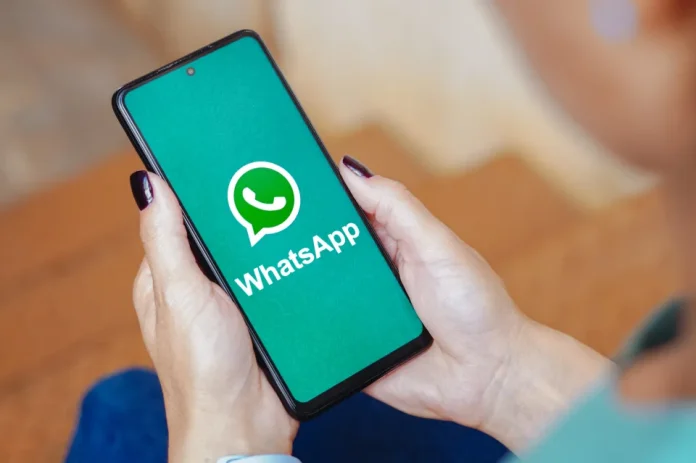In a thrilling update for WhatsApp users, OpenAI’s ChatGPT has expanded its capabilities to accept both image and voice message inputs. This exciting development follows the introduction of an official phone number for the AI chatbot in December 2024, which initially only supported text-based interactions. Now, with these new features in place, users can engage with ChatGPT in entirely fresh ways, significantly enhancing the chatbot’s functionality on the platform.
The enhanced features were first spotted by Android Authority and have quickly gained the attention of the broader user community. With the new ability to process images, users can now share photos or memes with ChatGPT, who will analyze the visual content and offer meaningful responses. This functionality opens up a wide range of possibilities for users to explore, from seeking detailed explanations of images to receiving creative commentary on memes and photos.
However, despite the promising addition of image processing, it’s important to note that ChatGPT currently remains limited to responding in text format only. While it can effectively analyze and provide insights based on the images shared, the system does not yet have the capability to generate or return images in response. Users should keep this in mind as they interact with the upgraded version of the AI on WhatsApp.
In addition to the image processing updates, the ability to accept voice messages has brought a new level of convenience to user interactions. Now, WhatsApp users can simply send voice memos to ChatGPT, receiving text-based replies in return. This feature streamlines communication for those who prefer speaking over typing, expanding accessibility for a wide range of users, including those on the go or with limited time to type.
As these updates roll out globally, it’s clear that OpenAI is making strides in enhancing the versatility of ChatGPT. With the ability to handle both images and voice messages, users can expect more dynamic and interactive conversations with the AI chatbot. This move signifies an exciting shift in the way people will engage with AI, making it more accessible and adaptable to various communication preferences on WhatsApp.
In a similar vein, the addition of voice input brings a much-appreciated convenience, particularly for users who prefer speaking over typing out long prompts. With this update, users can now send voice messages to ChatGPT, which will process the audio and respond with text. This enhancement is set to significantly improve the user experience, especially in scenarios where typing may not be feasible or convenient.
Reports suggest that OpenAI has hinted at upcoming features, such as the potential for users to sign into their ChatGPT accounts directly through WhatsApp. This would allow for seamless synchronization of conversations across both WhatsApp and the ChatGPT web or mobile app, as long as the same account is used.
While these updates represent a major leap in accessibility and convenience, users are encouraged to remain cautious when sharing images containing personal or sensitive data. Since the images will be processed on OpenAI’s servers, privacy considerations should always be a priority.
OpenAI has introduced a new ‘deep research’ mode to ChatGPT, enabling users to conduct multi-step research on the web for more intricate tasks. This feature marks the launch of OpenAI’s second AI agent, following the debut of Operator AI last month, which was designed specifically for browser-related functions.



 Viesearch - The Human-curated Search Engine
Blogarama - Blog Directory
Web Directory gma
Directory Master
http://tech.ellysdirectory.com
Viesearch - The Human-curated Search Engine
Blogarama - Blog Directory
Web Directory gma
Directory Master
http://tech.ellysdirectory.com